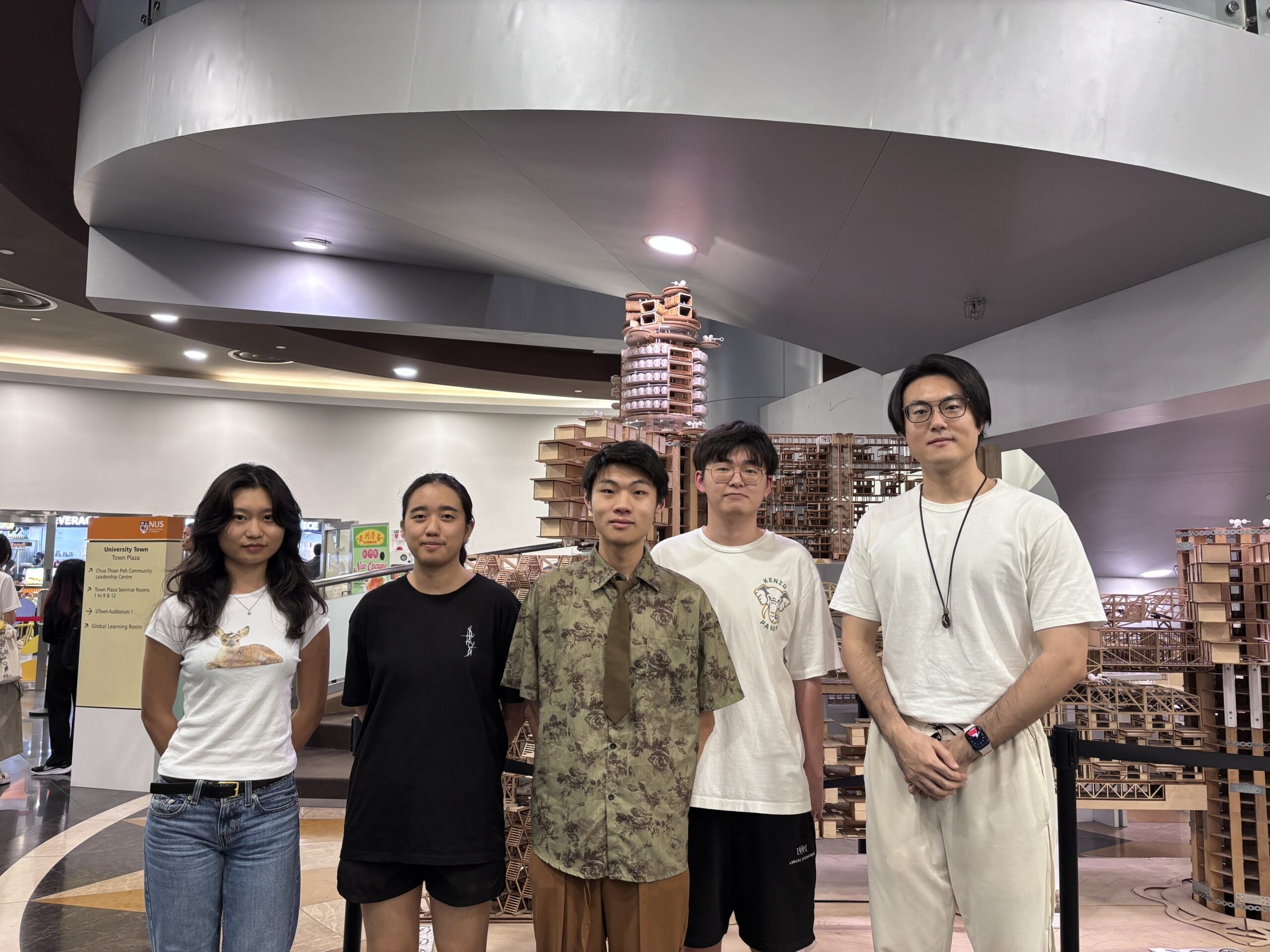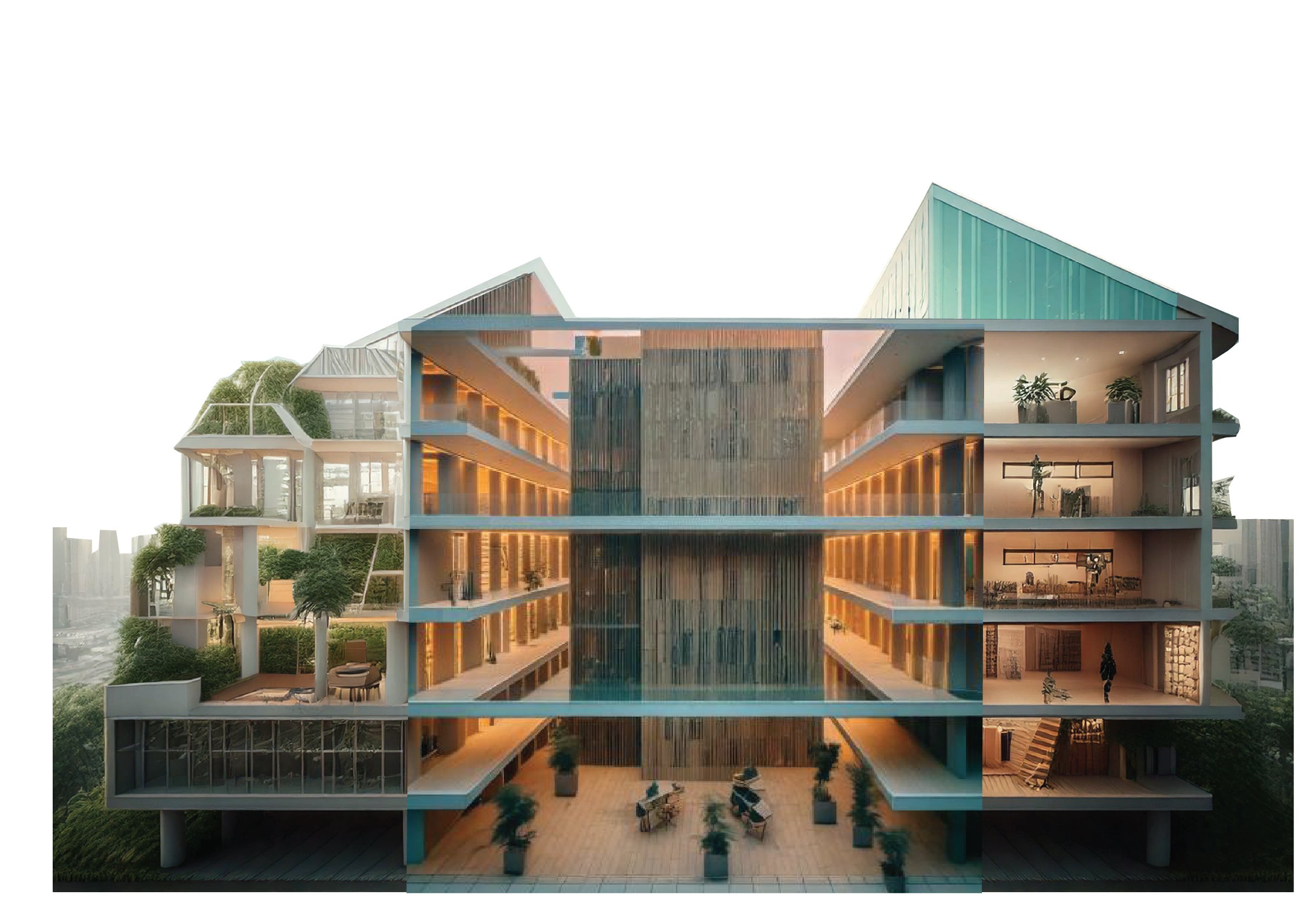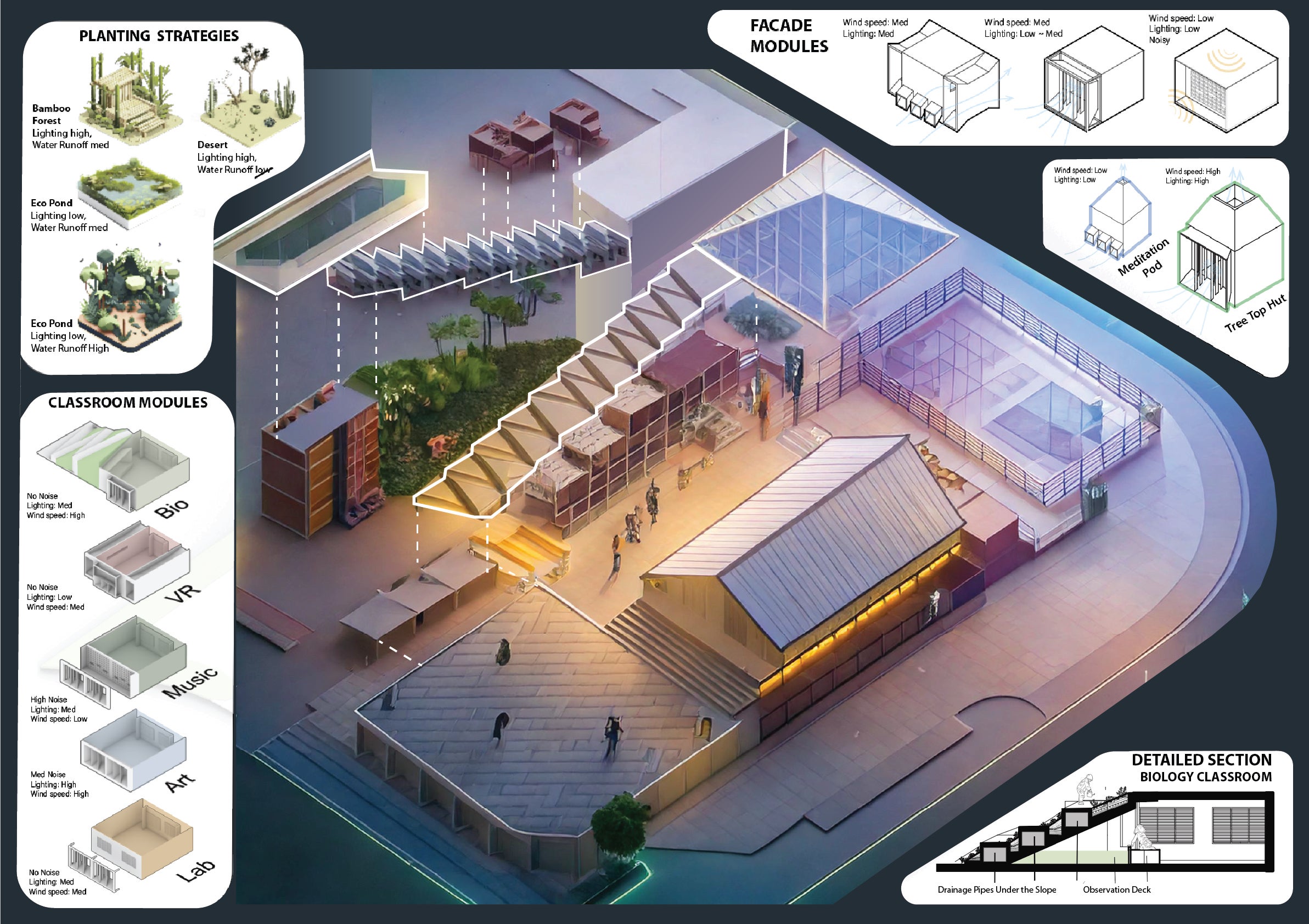Breaking Boundaries: CDE Students' Multi-Disciplinary Team Excels at IBDC 2024 with Innovative Community-Farm Learning Complex

In an impressive display of interdisciplinary collaboration, a team of five students from NUS College of Design and Engineering (CDE), comprising three from the Architecture Programmes, one from Computer Engineering, and another from Electrical Engineering, clinched the 3rd prize at the International Building Design Competition (IBDC) 2024. Their project, “Augmented Rosyth – A Community-Farm Learning Complex,” earned them a S$3,000 cash prize.
Heartfelt congratulations to the talented team members: Huang Zitao (MArch, Year 5), Guo Yuchen (BA Arch, Year 3), Zhao Xingqi (BA Arch, Year3 ), Wang Silang (Computer Engineering, Year 4), and Wan Jiacheng (Electrical Engineering, Year 4). Their success exemplifies the spirit of collaboration at CDE. We eagerly anticipate more such innovative partnerships in the future.

The “Augmented Rosyth” project envisions a revolutionary educational environment, transforming campuses into hybrid learning spaces that prioritise flexibility, personalisation, and well-being. Anticipating a future shaped by AR/VR and smart-glasses technologies, the design proposes a mixed-use campus with expansive green areas, meditation rooftops, and tree-top huts. This concept aims to blend academic learning with community engagement, demonstrating how architectural design can reshape traditional educational spaces into multifunctional environments that benefit both students and the wider community.
Wang Silang, one of the team members, expressed gratitude, stating, “We would like to thank CDE for the new interdisciplinary course structure that exposes ECE students to design concepts through courses like CDE2501 and DTK1234.”

Reflecting on their collaboration, Wang added, “Our unique experiences from different backgrounds complemented our individual limits. As a non-architecture student, I wasn’t trained in architectural drawings, but Zitao’s shared vision of a future embracing novel technologies like AR glasses allowed us to anchor our design on this future speculation. With my background in human-computer interaction, I handled project management and non-drawing tasks like the design video, report, and presentation slides, allowing the architecture students to focus on their drawings. This complementary teamwork enabled us to meet deadlines, even with only three architecture students in our team—likely the fewest among all participants.”
To learn more about their project, please visit: https://ibdcenquiries.wixsite.com/ibdc2024/items/*3rd-prize*-national-university-of-singapore-(nus)